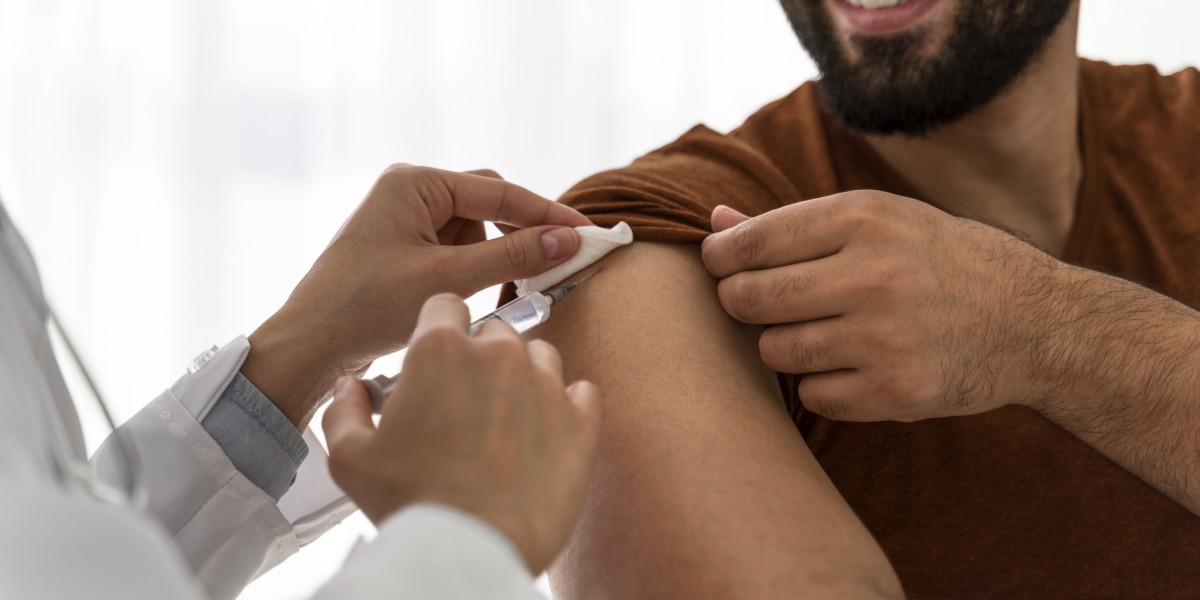What are anabolic steroids?
Anabolic steroids are synthetic testosterone-based drugs. The technical term for these compounds is "anabolic-androgenic steroids" (AAS). "Anabolic" refers to tissue growth (primarily muscle), and "androgenic" refers to a group of sex hormones called androgens.
Testosterone is the primary androgen. It stimulates the development of male characteristics. Testosterone levels are naturally much higher in men than in women.
Health professionals prescribe anabolic steroids primarily to treat low testosterone levels (male hypogonadism). However, they are also used for other conditions, such as stimulating muscle growth in people with certain cancers or acquired immunodeficiency syndrome (AIDS).
Some athletes, bodybuilders, and others abuse these drugs to enhance their performance or physical appearance. Anabolic steroids are the most common performance-enhancing drugs (APEDs). Anabolic steroid abuse is common. Approximately 3 to 4 million people in the United States use them for nonmedical purposes.
During Bodybuilding steroid cycle guide and muscle growth, doses are often much higher than prescribed. Opting for shorter cycles and lower doses can help mitigate some risks. Regular monitoring of blood tests and overall health can also reduce potential risks, but it's important to understand that they can't be completely eliminated.
Who Uses Anabolic Steroids?
Research suggests that nonmedical use of anabolic steroids is most common among men in their 30s. Other groups that commonly use them include:
Professional athletes and bodybuilders who participate in competitive sports or have a strong desire for success;
People who work in industries that require muscular strength, such as security guards, police officers, construction workers, and the armed forces;
Young people and adults who are concerned about their body image and want to look muscular to feel good. This may include people who work in the fashion and entertainment industries.
Post-Cycle Steroid Therapy
After a steroid cycle, natural testosterone production can be impaired. Once the cycle is complete, post-cycle therapy (PCT) can help you regain healthy testosterone levels. This protocol is designed to restore healthy testosterone levels. PCT should be performed under the supervision of a qualified physician to ensure its effectiveness and safety.
Side Effects and Risks
As with all medications, some patients will experience side effects. These are more likely when taking high doses or long-term steroid treatment.
Your doctor will ensure you take the lowest possible dose to control your condition. They may also prescribe a proton pump inhibitor or other medication to protect your stomach.
These are some side effects of steroids:
Tablets, liquids, and soluble tablets
- Weight gain and increased appetite
- Upset stomach, indigestion, or heartburn
- Sleep disturbances
- Mood swings
- Frequent bruising
- Thinning of the skin
- Stretch marks
Creams and gels
- Burning or stinging sensation at the cream application site
- Skin color changes
- Thinning of the skin
- Stretch marks
- Increased pulsation at the cream application site
Eye drops and ointments
- Burning or stinging sensation in the eyes after applying the drops
- Strange taste in the mouth after applying the drops
Steroid treatment can cause mood swings: you may feel very euphoric or depressed. This may be more common in people with a history of mood disorders. If you are concerned, consult your prescriber.
Long-term use of steroid tablets may increase your risk of infection. If you experience fever or malaise, or if you develop new symptoms after starting steroids, it is important to inform your doctor or rheumatology nurse.
Consult your doctor or GP immediately if you develop chickenpox, shingles, or measles, or if you come into contact with someone who has any of these illnesses. These illnesses can sometimes be serious in people taking steroids, and additional treatment may be necessary before they begin to heal.
Long-term steroid use can also weaken muscles and, in some women, can affect menstruation.
Protocol for Safer Steroid Use
For safer steroid use, it is recommended that patients be supervised by a doctor. The doctor may perform regular blood tests to monitor liver and kidney function, tumor markers, and prostate profile. Early detection of problems can prevent more serious health consequences.
Post-cycle therapy and regular blood tests to check resting testosterone levels between cycles are also essential to ensure the body restores normal testosterone production. Another risk factor that should not be underestimated is where steroids are purchased. Steroids are easy to buy online, but they are almost always counterfeit. According to the Drug Abuse Advisory Council report, counterfeit steroids do not contain the stated dosage, may be contaminated with bacteria, and contain unknown and potentially dangerous substances.
Therefore, the use of counterfeit steroids increases the risks associated with anabolic steroids. Furthermore, improper techniques when self-administering intramuscular steroid injections can lead to various serious problems, including infections, tissue damage, ruptured blood vessels, and nerve damage.
For more information visit our site:- Steroidsstores






